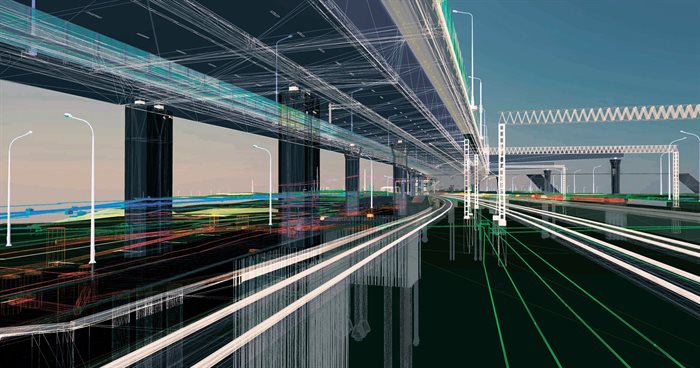
Top stories






More news












With the advent of things like the metaverse and AI, professionals need to ensure they’re ready for the future of architecture, says Landseer Collen, principal, director and founder of BPAS Architects.
“Architecture is an old profession that has adopted new ways of working and evolved into a modern practice,” says Collen. “With time, people moved from scribbling in the sand to a drawing board. In the late 1990s, we moved to computer-aided design (CAD) programs. And then quite quickly we moved from 2D to 3D rendering. Now, we’ve got things like the metaverse, virtual reality and augmented reality happening. And in our industry, we’re now talking about cross-realities, where we put them all together.”
Collen believes that architects need to adapt and change, embracing new technologies if they are to survive. However, more than using new technologies, he believes professionals will need to find their “new place” in the world as every sector experiences disruption.
Often, he says, architects are lumped together with other professions, such as real estate developers or construction companies. While related, they are not the same, and this is often not well understood. Collen believes that architects need to better define their own role and niche in the market as professional consultants. To do this, they need to articulate the value they add so that their services are valued and sought after.
“This applies to other professional consultants in the built environment and property sectors too,” he says. “From landscape architects to interior architects, urban designers and town planners, we need to show people our contribution to the environments they find themselves in. We need to move past only celebrating the developer behind a project, to recognising the professional team that played a fundamental role in the project and the realisation of its success.”
Instead, architects and other professional consultants face continued pressure on fees, compromising their ability to fully explore possibilities in any given brief. Architecture is seen by many as a commodity or a tack-on expense, rather than as an integral and valuable service.
For example, on a practical level, BPAS is trialling new augmented reality technologies on its physical project sites, where viable. His vision is that anyone who enters a building site should be able to use their phone to hold up and see what the finished space will look like.
“If we can give access to these sorts of technologies – to the architectural drawings and 3D renderings – to not just the client and the design team on a building site, but to the general workers too, people can understand what they are working toward and what's going to happen. That way, they can also start participating in the whole process, and not just their small part in it,” he says, adding that as more and more people have capable cell phones, it becomes easier to broaden access to these technologies.
“As architects, we need to evolve ourselves,” says Collen. “People are changing, environments are changing, technology is changing. We need to think about what we can do with that, and how we can change, learn new skills and communicate what we can offer to clients.”